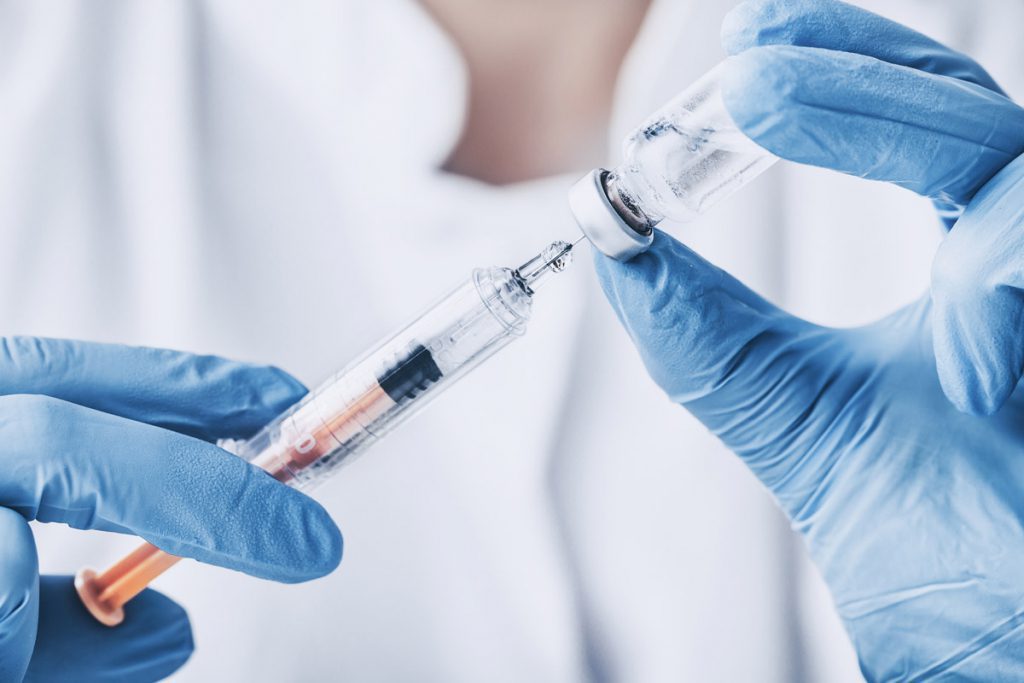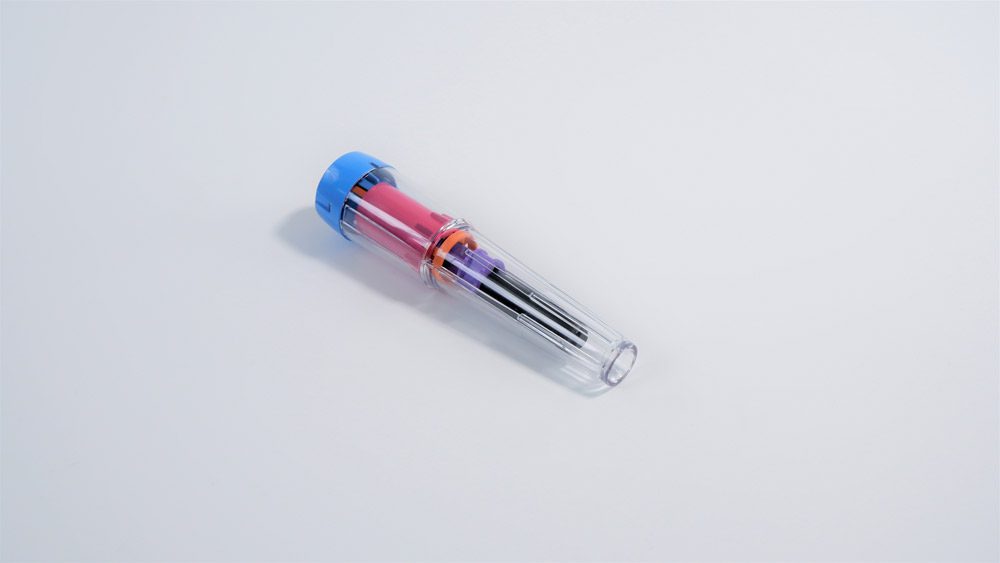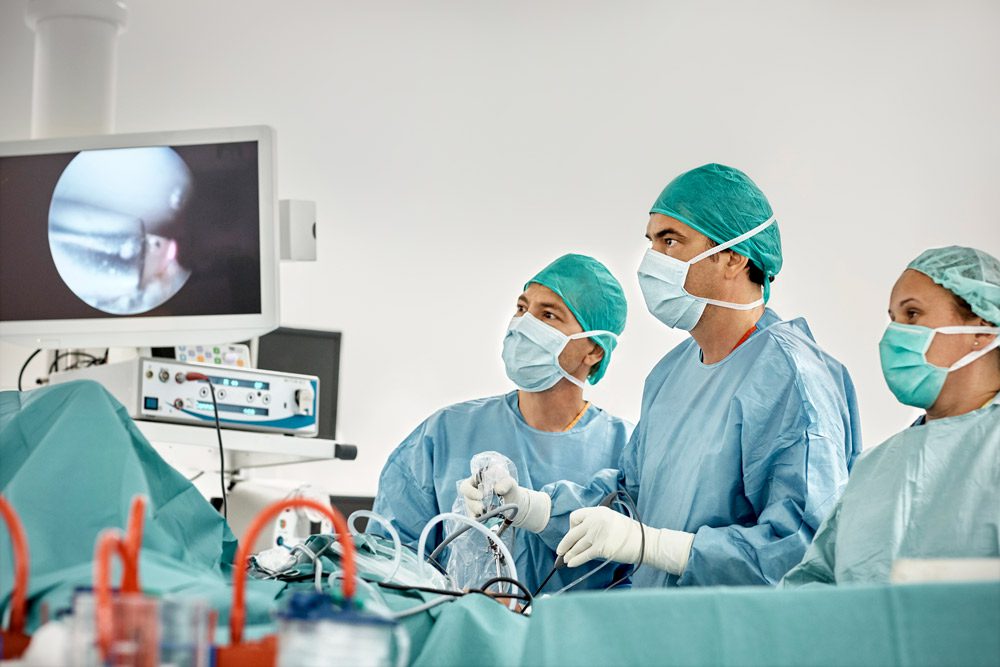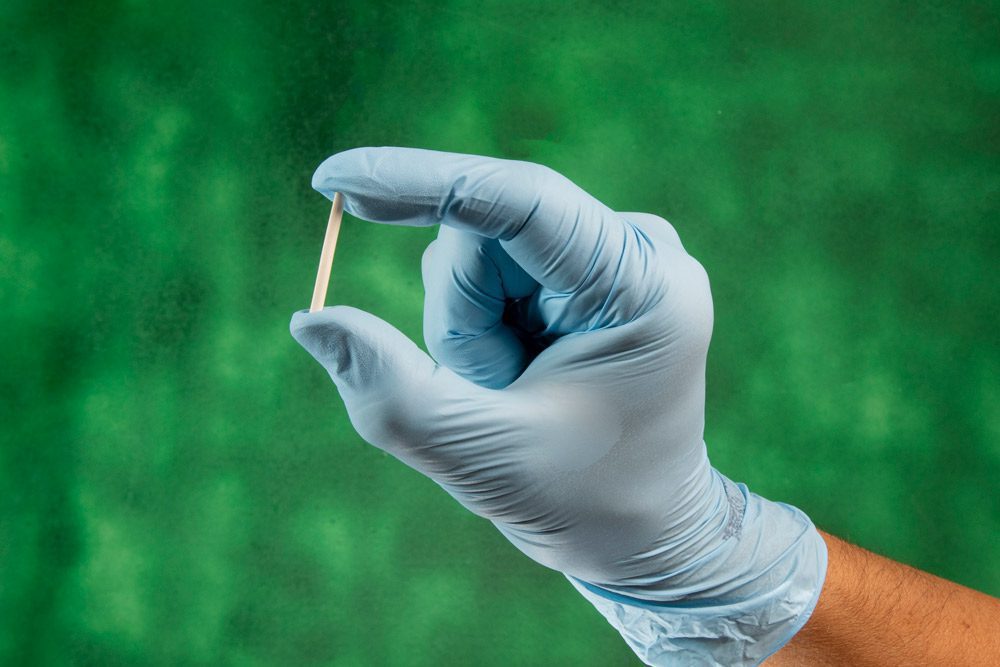Needle Free Injection
Let’s face it: needles hurt. Needle-free Injection Systems (NFIS) can deliver a vaccine or medicine with a narrow stream of fluid that penetrates the skin in about 1/10 of a second. The tough plastic (polycarbonate) device can stand up to gamma radiation and ethylene oxide sterilization.







